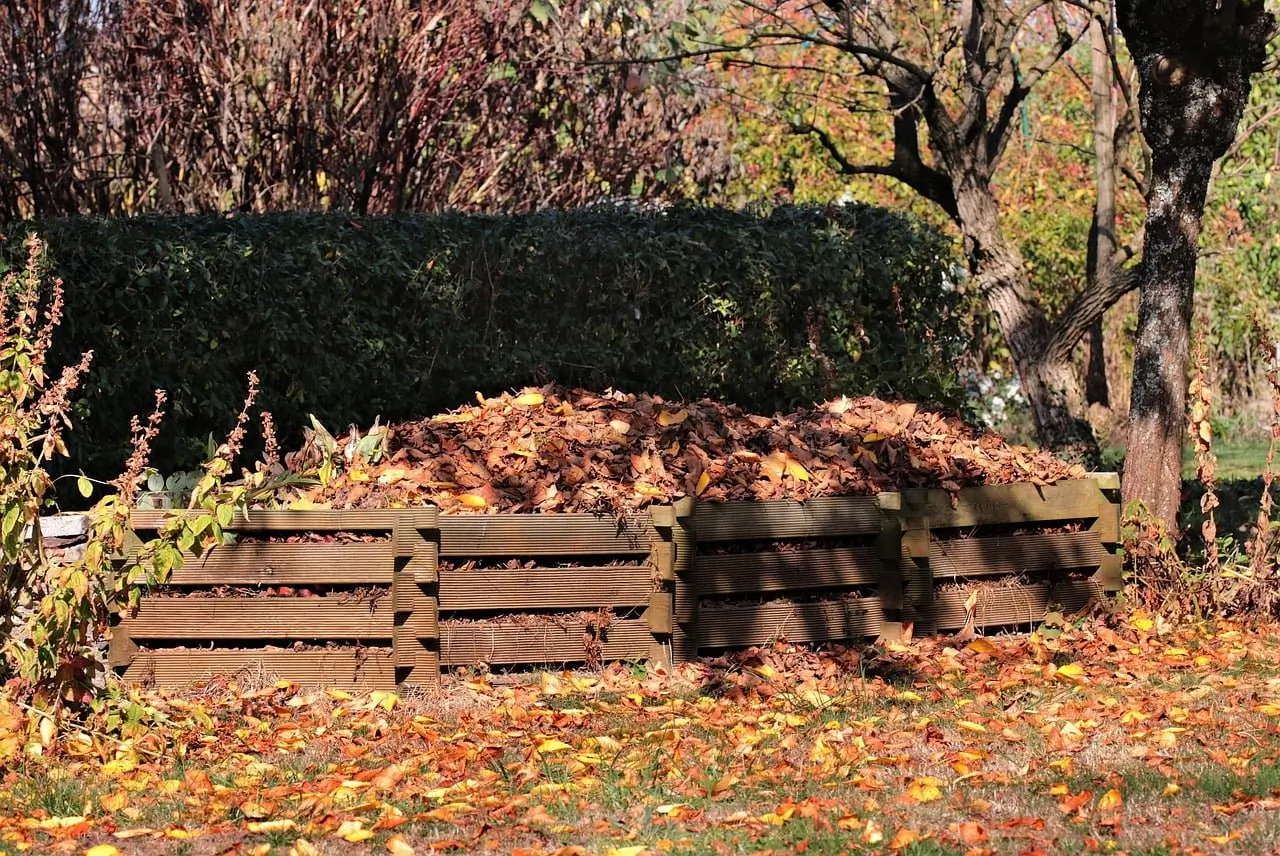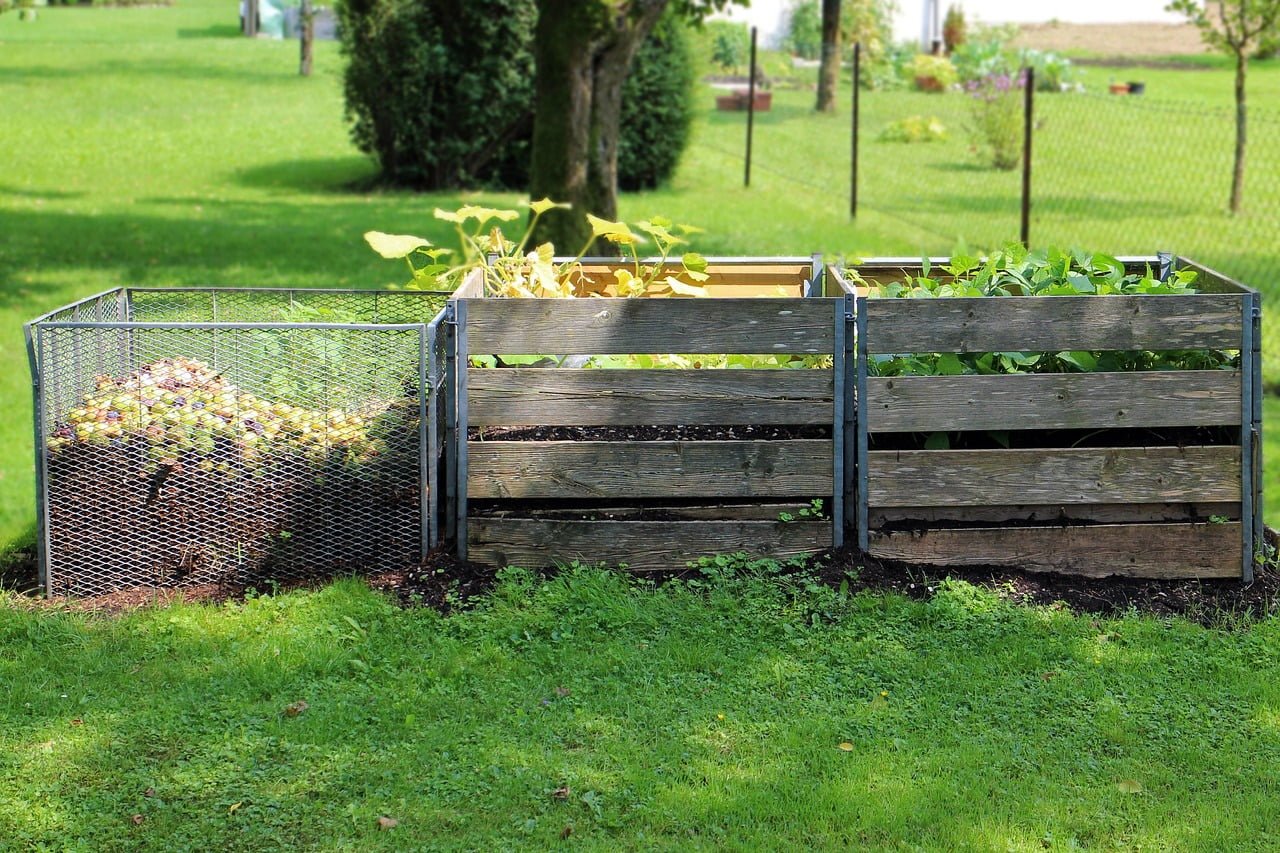
Summary of Contents
Introduction
Imagine turning banana peels, old veggies, and garden clippings into black, crumbly gold that makes your plants thrive. It sounds like magic, right? Well, that magic is called composting—and it’s something every organic farmer (and even casual gardeners) should be doing!
In Northeast India, where the soil can be as rugged as the landscape, composting is a lifesaver. It takes the waste from your kitchen and farm and turns it into something your crops will love. I’ve been composting on my farm for years, and trust me, it’s like giving your plants a daily dose of vitamins, with zero chemicals involved.
What Is Composting?
Composting is the process of breaking down organic waste—things like food scraps, leaves, and plant trimmings—into nutrient-rich soil called compost. Think of it as a natural recycling system, where everything comes full circle. You feed the soil, the soil feeds your plants, and the cycle continues.
Imagine you’re making a giant stew for your garden, but instead of potatoes and carrots, you’re throwing in leaves, veggie scraps, and grass clippings. Over time, with the help of friendly bacteria and fungi, all that “waste” turns into black, crumbly, rich soil—ready to feed your plants.
Step 1: Collect Your Compost Ingredients (It’s Easier Than Grocery Shopping!)
Let’s break it down. Composting starts with two main ingredients: greens and browns.
- Greens: These are your kitchen scraps—veggie peels, fruit leftovers, coffee grounds, and even tea leaves. They’re rich in nitrogen and help your compost heat up (yes, it gets warm in there!).
- Browns: This is the dry stuff—leaves, straw, cardboard, and paper. These provide carbon, which is like the “fuel” that helps your compost cook.
The best compost piles are made by balancing these two ingredients. Too much green, and things get stinky. Too much brown, and your compost won’t break down as fast. Think of it like making a salad—too much dressing (greens) or too much lettuce (browns), and it’s not quite right.
Step 2: Build Your Compost Pile (It’s Like Making a Lasagna)
Once you have your greens and browns, it’s time to layer them up! Alternate between layers of green material and brown material, like you’re building a lasagna. A little soil sprinkled in between layers can also help kickstart the process by introducing the right microbes.
Picture this: in Northeast India, where the terrain can be uneven, some farmers dig shallow pits or build compost heaps on the slopes. It’s a space-saving trick that works perfectly for smaller farms or hilly landscapes. Plus, keeping the compost pile near your garden means shorter trips when it’s time to spread the goodness around!
Step 3: Wait and Turn (Patience, My Friend!)
Now comes the hardest part—waiting. Composting is a slow but rewarding process. Over time, the organic material in your pile breaks down, and you’ll need to turn it occasionally to give it air. Think of it like flipping pancakes to make sure they cook evenly. Turning the pile introduces oxygen, which helps the microbes work their magic faster.
In a few months (or longer, depending on your climate), your pile will shrink down, and you’ll be left with dark, rich, crumbly compost. Trust me, it’s worth the wait. And the best part? In the cooler climates of states like Sikkim and Arunachal Pradesh, composting can even help regulate soil temperature, keeping your plants cozy during the colder months!
Benefits of Composting
So, what’s all the fuss about? Here’s why composting is a game-changer for your farm, garden, or backyard:
- Free Fertilizer
Why spend money on chemical fertilizers when you can create your own nutrient-rich soil right at home? Composting turns waste into a free, organic fertilizer that your plants will thrive on. - Improves Soil Structure
Compost improves the structure of the soil, making it easier for roots to grow and for water to filter through. It’s like giving your soil a spa day, every day! - Reduces Waste
Composting cuts down on what you send to the landfill. In fact, in places like Northeast India, where some regions don’t have large-scale waste management, composting is an eco-friendly way to handle organic waste. - Boosts Soil Health
Your compost is packed with nutrients, microorganisms, and fungi that help your soil stay healthy and vibrant. It’s like giving your plants a daily dose of probiotics!

Challenges of Composting
Of course, like all good things, composting has its challenges:
- Takes Time
Composting isn’t instant—it can take months to get usable compost, especially if you don’t turn the pile regularly. But hey, good things come to those who wait! - Space
If you’re working with a small plot or garden, finding space for a compost pile can be tricky. But don’t worry—composting bins can help save space and keep things neat. - Pest Control
If you’re not careful with what you add to the compost, pests like rats or flies might show up. Avoid adding meat, dairy, or oily foods, and keep your compost covered.
Best Practices for Composting
To make sure your compost turns out top-notch, here are a few tips:
- Keep a Good Balance
Balance your greens and browns. Too much of one will either slow down the process or make it smelly. It’s like making a balanced smoothie—too much fruit, and it’s a sugar bomb; too much spinach, and… well, you get the idea. - Turn the Pile
Turn your compost every 2-4 weeks to introduce air and speed up the decomposition process. Think of it like stirring soup—helps things cook faster and more evenly! - Use Water
Compost needs moisture, but not too much. Aim for the consistency of a damp sponge. Too wet, and things get slimy; too dry, and decomposition slows down.
Economic Insights: How Composting Saves You Money
Let’s talk about the dollars (or rupees!) when it comes to composting:
- Cuts Down on Fertilizer Costs
Composting provides you with free, organic fertilizer, which reduces your need to buy chemical fertilizers. Over time, this saves you a lot of money. - Boosts Crop Yields
Healthier soil means healthier plants, and that means better crop yields. More produce = more profit at the market! - Waste Management Costs
Composting reduces the amount of waste you need to dispose of, saving you money on waste management services (or even reducing trips to the landfill if you’re in remote areas like parts of Northeast India).
Conclusion: Composting is Your Garden’s Best Friend!
Composting is an easy, natural way to enrich your soil and reduce waste. Whether you’re on a large farm or have a small backyard, composting is one of the best tools in an organic farmer’s toolkit. Plus, if you’re in a place like Northeast India, composting can help you manage kitchen and farm waste in an eco-friendly way, while boosting your soil’s health.
Ready to start composting? Grab those veggie scraps and start building your pile today. Your garden will thank you later!

FAQ Section
What is compost in agriculture?
In agriculture, compost is decomposed organic material, such as kitchen scraps, leaves, and manure, that is added to soil to improve its fertility, structure, and overall health.
What is compost and its types?
Compost is a nutrient-rich material made from the breakdown of organic waste. The main types of compost include aerobic compost, anaerobic compost, and vermicompost (compost made with the help of worms).
What are 5 compost types?
1. Aerobic Compost
2. Anaerobic Compost
3. Vermicompost
4. Hot Compost
5. Cold Compost
What are the two methods of composting?
The two primary methods of composting are aerobic composting, which requires oxygen for decomposition, and anaerobic composting, which occurs without oxygen.
What is simple compost?
Simple compost refers to basic, home-made compost made from a mix of kitchen scraps and yard waste. It’s typically created in a pile or bin and left to decompose naturally over time.
What are the 7 steps in composting?
The seven steps in composting are:
1. Select your composting spot.
2. Gather your green and brown materials.
3. Build your compost pile by alternating layers of greens and browns.
4. Add water to keep the pile moist.
5. Turn the pile regularly to aerate it.
6. Monitor the pile’s temperature and moisture.
7. Harvest the finished compost once it’s dark, crumbly, and smells earthy.
What is the 3-bin compost method?
The 3-bin compost method involves having three separate composting bins: one for fresh material, one for material in the middle of decomposition, and one for finished compost. This method allows for continuous composting and makes managing different stages of decomposition easier.
